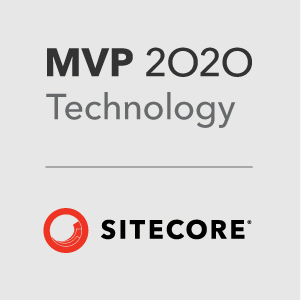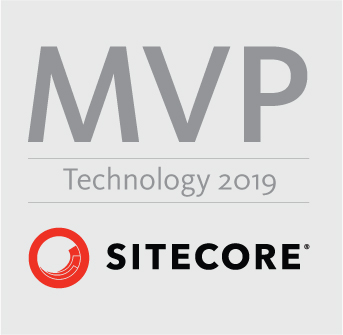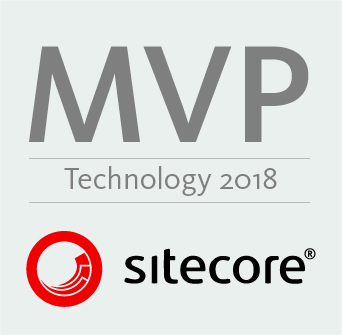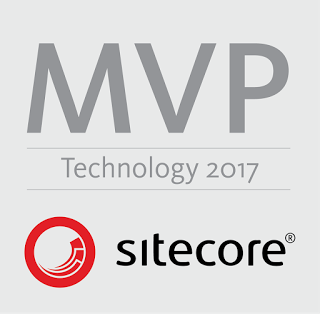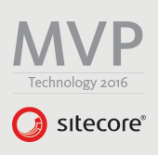Welcome to Mike Skutta's Blog!
Sitecore MVP and Software Architect-
Data Integration using the Sitecore Publish Pipeline
I recently used the Sitecore Publish Pipeline to do a data integration with other systems in our network. While going through this process, it occurred to me that a how-to might be helpful to others trying to do the same. We had a requirement where we needed published content to be synced with 3rd party systems in near real-time. The 3rd party system essentially needed the content from the web database. The best way to sync the data in near real-time was to plug into the process that Sitecore used to populate the web database. This would ensure that we would have access to the data as it was being published. Sitecore uses the publish pipeline to migrate published items from the master database to the web database. This would be the perfect spot to plug in our logic.
-
Sorting Sitecore Items by Popularity using Google Analytics
Not too long ago (prior to Sitecore 7.5) we had a requirement to add the ability to sort Sitecore items by Most Viewed and Most Shared. We got to thinking about what was the best way to implement something like this. In the past we may have created a custom database to track this information. Upon each page view or share, we could have written a row to the database. This data would then be available for use in sorting. This approach has costs involved with needing to maintain an extra database and an API. Could we take a simpler approach? We were already using Google Analytics to track page views and social interactions. Google provides APIs for its products, so we should be able to retrieve the data we need. We decided to go down the route of using Google Analytics to provide us with the data required for sorting by Mode Viewed and Most Shared.
-
Sitecore vCards
A vCard is essentially an electronic business card. Like a standard business card, vCards contain business related information about an individual or company. Usually this includes contact information such as the company name, the person’s name, address, phone numbers, email addresses and social media links. vCards can be attached to e-mail messages, shared through instant messaging, downloaded from web pages and distributed through various other forms of media.
-
Storing Tabular Lookup Data in Sitecore
In some cases, there may be a need to store tabular data in Sitecore. For example, you may need to store pricing information for a product based on quantity.
-
Sitecore: Express Subitem Module
We had a need to support relationships in Sitecore that also contained metadata or supplemental information about a relationship or multiple relationships. Examples of these types of relationships are... 1. The organizations a person belongs to and the roles they play within the organization. 2. The offices an employee belongs to including their contact information for that office. 3. A person’s education with the School, Degree, Description, and year obtained. This information is specific to the item (parent) that owns it. No other item has the same information. In these particular cases the information is part of the parent item. The information only exists if the parent exists. If the parent is deleted, this information is also deleted.
-
Sitecore: Using NuGet to Add Items to TDS Projects
At One North, we wanted to improve development efficiencies by providing a starting point for our Sitecore projects. Based on the domain or industry we were doing a Sitecore implementation for, we could provide an initial data model to start with. This would not only decrease the time to setup the initial data model, but it would allow us to carry forward what we have learned on a domain before.
Recent Posts
- An Approach for Solr Search in Sitecore JSS following Helix Principles - Part 1
- Sitecore: Making the most of your CMS
- Sitecore How-To: Allow Users to See All Items in Recycle Bin
- Sitecore How-To: Force a Resync of TDS Items
- Sitecore How-To: Install a Sitecore Package with Invalid Item Names
- Sitecore How-To: Setup Coveo in Sitecore Locally
- Sitecore How-To: Debug an IIS site with Visual Studio
- Sitecore How-To: Identify which w3wp.exe Belongs to which Application Pool
- Sitecore How-To: Disable Sitecore Publish Site
- Sitecore How-To: Static File Cache Busting in ASP.NET
Categories
Tags
